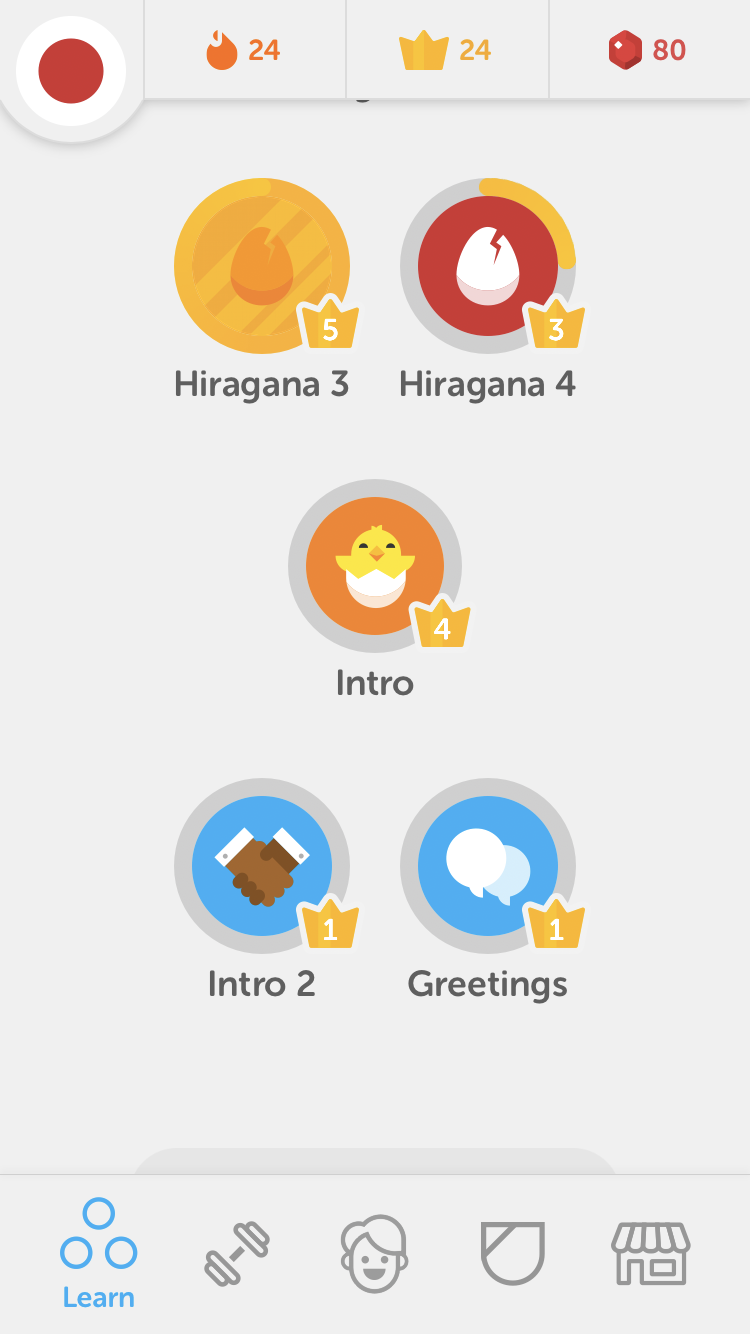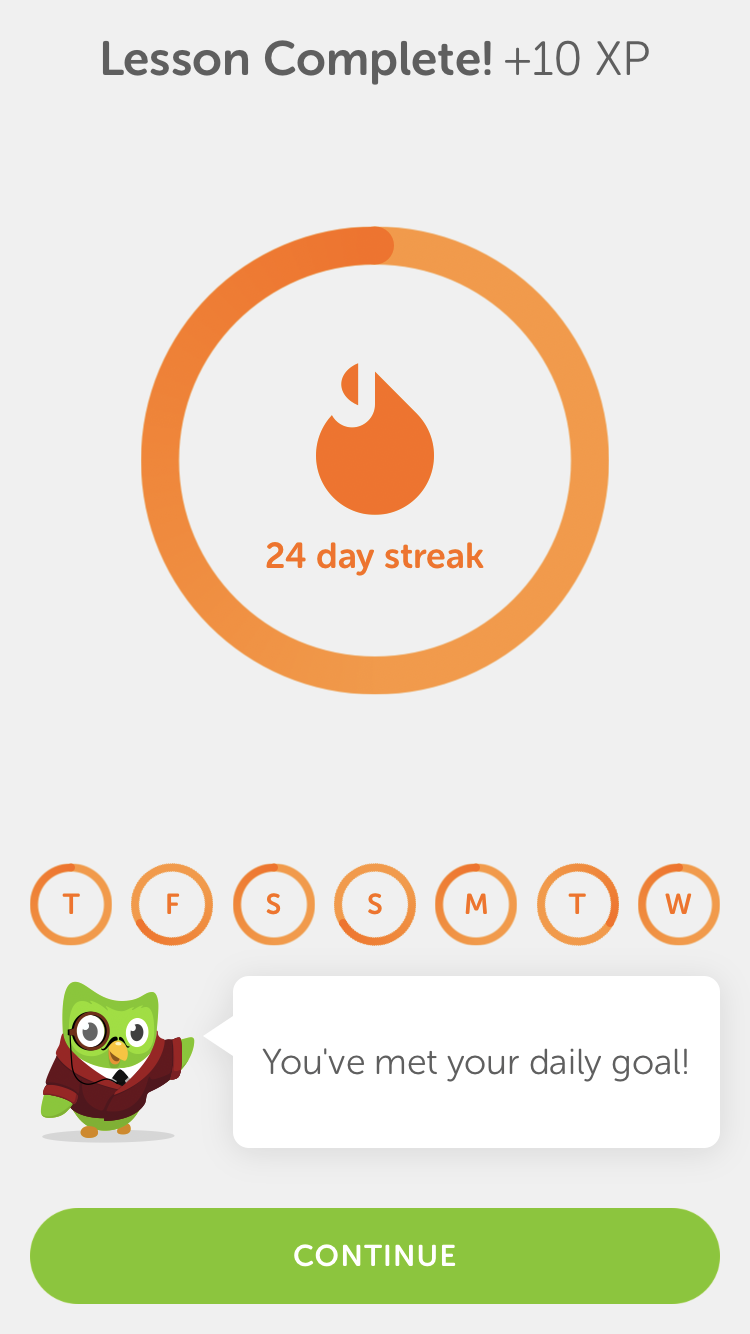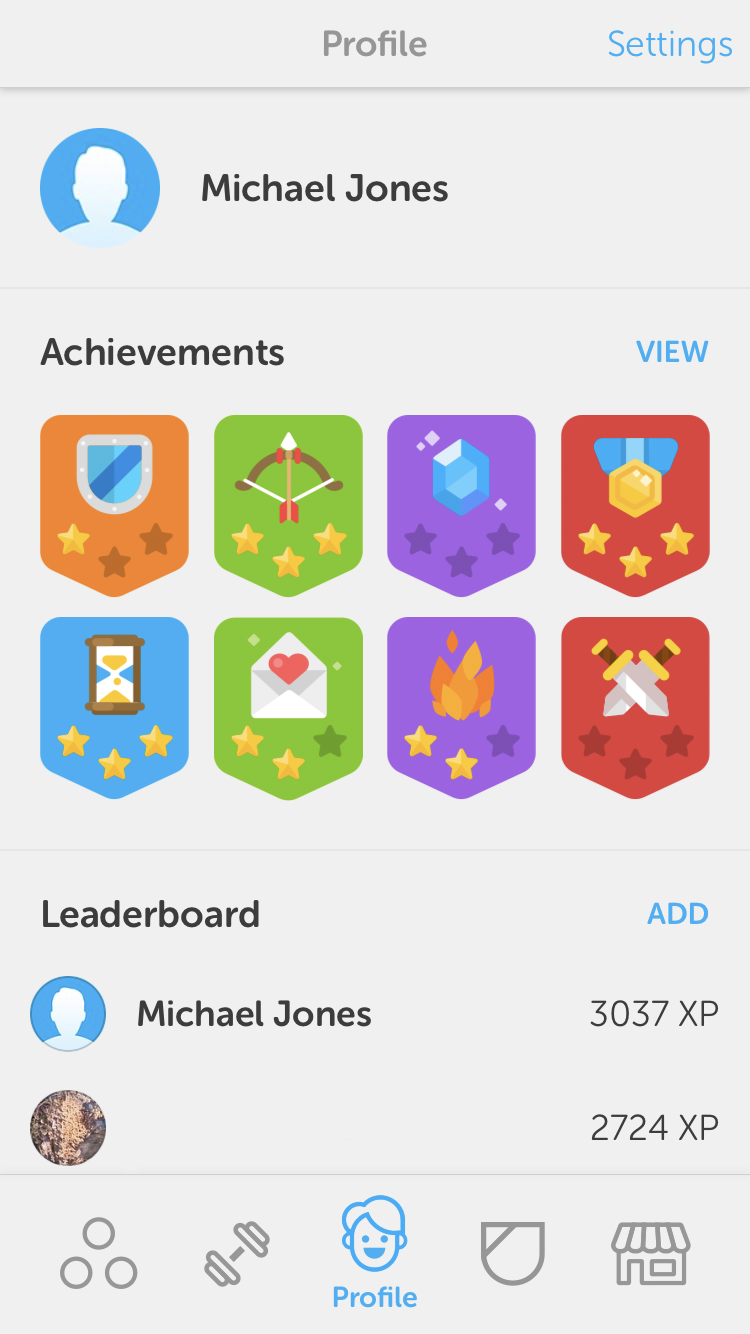Blog Post
Learning Japanese with Duolingo
I am a student of basic Japanese. I’ve done a year of evening classes here in Sheffield and I can just about remember all the Hiragana and Katakana, build some basic sentences and recognise the occasional word (one or two an episode!) when I’m watching Terrace House on Netflix.
From the start it was obvious that remembering things - and I mean even remembering what I’d done in class the night before - was the challenge. In fact, there were times when I got home and my dear wife (who speaks decent Japanese) asked what I done in the lesson and I’d already forgotten. Short term memory wiped by a 15 minute car journey.

The Duolingo app on my iPhone has given me hope. I’m not advanced enough to know how its approach stacks up against other Japanese language courses, but it works for me as a supplement to the evening classes and as a way of staying in touch with Japanese every day.
What’s good about learning Japanese with Duolingo?
They’ve nailed the gamification - the levels, the crowns and the lingots make using Duolingo a bit more fun. Stick with it for long enough and you get hooked. I’m on a 25 day streak - I’ve hit my daily lesson target for 25 days straight - and it’s become a lunchtime habit. I get my target lessons in in the time it takes me to get through a sandwich and a packet of crisps and then I do another 2 or 3.
It’s repetitive. For a while I thought I was stuck in the early Hiragana levels for too long, but now I think it was good. Yes you’re getting drilled in the same characters over and over but you need it. You forget the characters unless you use them every day and it’s hard to remember to use them if you’re doing a part-time course and you’re not immersed in a Japanese environment.

The course structure is clear and the lessons are short. I like the Duolingo course tree - it gives me a sense of progress - and it takes just a minute or two to complete a lesson. Duolingo is bitesize chunks of learning with instant feedback.
It speaks to you. Japanese pronunciation is tricky for a beginner so it’s good to be doing something every day that reminds you of the nuances of spoken Japanese. And you can do it on the bus - wear headphones and no one will know about your mad pursuit.

I like the Duolingo approach - straight into simple interactive questions and exercises. You pick up the content by doing the questions rather than by reading content first and answering questions second. Yes there's a bit of trial and error but you’re more engaged. You’re actively puzzling things out right from the start rather than passively reading text or watching videos.
Learning Japanese, no matter how good your teacher, is tough. Remembering things is difficult. I suspect that on its own Duolingo isn’t enough, but it adds another string to your bow because it’s super accessible, it gives you instant feedback and it takes you through a structured course; you don’t have to worry about what to do next, you just develop the daily habit and start to build that unbroken streak of lessons.
Mike, 11th July 2018